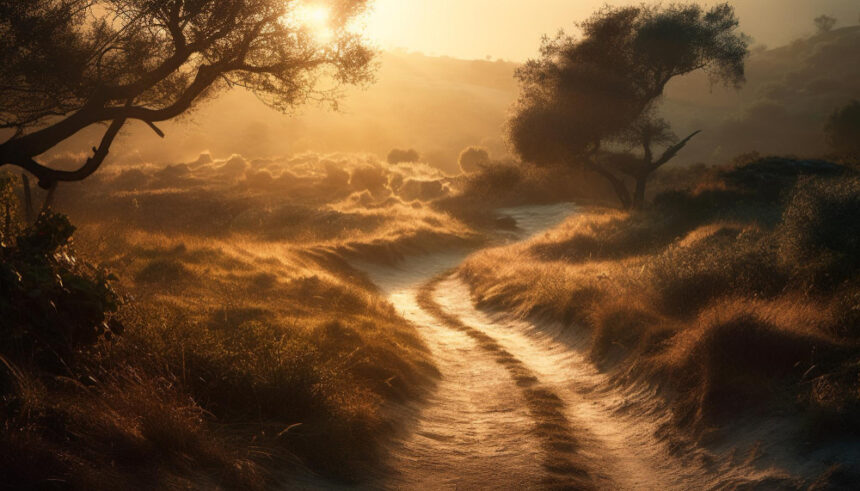Ecological restoration of ecosystems using the concept of rewilding has been touted as one of the most critical conservation strategies currently in existence for remediating the impacts of anthropogenic activities on ecosystems.
As much as this idea may sound rather grandiose, encompassing large-scale endeavors and the introduction of such species as the wolf or the beaver, it is crucial to note that even minor acts of rewilding can drastically alter the face of a given territory as well as benefit the local fauna and flora.
However, a little rewilding, as practiced today, can significantly help in the reversal of some of these dangers, resulting in a better environment for living.
In its essence, rewilding aims at getting the land back to its state of working as autonomous self-organizing systems.
This entails minimizing human interference, recolonisation, natural ecological succession, and natural disturbances such as fire. As tremendous rewilding programs attract public interest and resultant investments, people simply restoring biodiverse habitat in their neighbourhood, backyard, or within a city can be equally impactful.
Small-scale rewilding is therefore easier to practice than large-scale rewilding as a result of the following advantages: Unlike farming, that requires large acres of land and huge amounts of money from the government, you can join in. First, almost anyone can do a little bit to help rewild, whether they own a garden, have a balcony, or have a few pots.
Small ideas such as growing natives, minimising pesticide use, and letting areas of the garden become ‘wildlife friendly’ can offer homes to insects, birds, and other animals. In that way, you adjust the species richness and contribute to the maintenance of the living infrastructure, such as pollination, biological pest control, and water treatment.
For instance, when a small-sized piece of land with a natural environment is created at a backyard or public garden, pollinators such as bees and butterflies will flock in search of food. These pollinators are important in pollination and, therefore, in maintaining plant populations and the ecology of ecosystems.
In the same manner, the accumulation of fallen leaves and dead woods can provide homes to insects, fungi and small mammals, which are helpful in decomposition and in contributing nutrient and structures to the soil.
One of the other approaches where such small-scale rewilding may bear most of the results is in urban greenspace. Metropolises are perceived as concrete deserts, but if one wants, they can be green cities as well since nature has its place just as we do.
Activities such as installation of green roof, planting trees along streets, and altering vacant lots into green spaces, for example, can be a sanctuary for wildlife and enhance quality of life for urban dwellers. Green spaces slow down the heat island phenomenon, clean the air and have a positive impact on the mental well-being of people through their free access to natural environment.
However, small-scale rewiring initiatives can help launch larger-scale transformations. When people and especially communities actively participate in the restoration of their surroundings, the environment becomes of greater importance to them, and they fight for its conservation.
When these concepts gain popular support, it can bring alterations on the policy level, more funds for conservation activities, and increased endorsement of such large-scale rewilding initiatives.
So, it can be noted that rewilding is not necessarily a large-scale project that has to be implemented across extensive areas. Thus, the thousands of acts combined are capable of making the world a better place, the environment cleaner, ecosystems revived, and the effects of climate change reduced.
And, every time we incorporate rewilding into our daily existence, we help make the earth a better place on some level. Whether it is just neglecting a small portion of one’s garden, planting native species of plants and animals, or attempting to lobby for the addition of more green areas in one’s neighbourhood, a little rewilding goes a long way.
ASH CK

